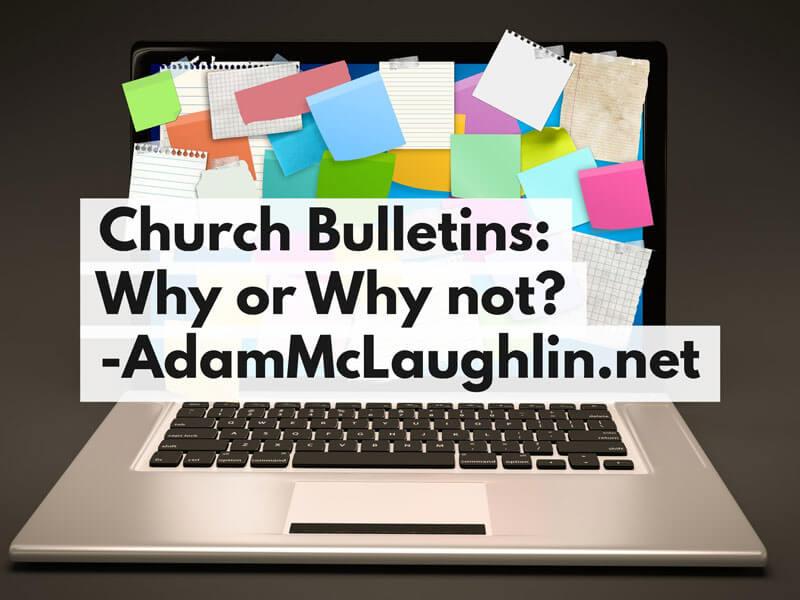
I think in answering the question that we arrived on the thought that bulletins are specific to each church and there are no right or wrong blanket statements for whether it’s best for all churches to have a bulletin or not.
I told the story of how I transitioned the church I served with from having a bulletin to a weekly email newsletter over the course of 6 months, and how I used surveys (both online and in paper) to find out how many people were actually using our bulletin compared to our email newsletter and evaluating those results with the paper, ink, photocopier ‘per piece’ lease cost and labor involved in producing it weekly or monthly.
I had to apologize during that session that I came across with the suggestion that all churches should get rid of their bulletin. I believe that through the conversation, we all understood that bulletins are very effective at serving some churches, and very ineffective at serving other churches.
There were many follow up questions – questions that I believe were genuine – about the purpose that the bulletin serves and how those purposes could be served otherwise, and I confirmed that I don’t hate bulletins.
Bulletins are merely a symptom
What concerns me about the conversation (not at this conference, but the larger conversation that I have with many churches about their communications) is that we are often making communication decisions based on:
- What we’ve always done
- What we anecdotally / logically think is best
- What might upset someone if it changed
… and unfortunately, communication elements (like bulletins, or announcements) are often this untouchable piece of the puzzle based on the “What about”s created by the information above.
We have limited time and resources (for some, that limit is higher than others) so it’s worth finding ways to evaluate if our current strategies are the most effective strategies.
For example:
Make a list of the “What about”s:
Let it all out here. Finish the sentence “If we were to discontinue the bulletin, what about…”
All of the anecdotal concerns, fears, and possibilities, but before you make this list commit not to let the process end here. In the example of a bulletin, here are some great questions that I hear:
- What about new visitors? How would they know what’s going on since we don’t have their email address yet to send them that information?
- What about the person who volunteers and proofreads the bulletin each week?
- What about people don’t find out what’s going on and miss events?
- What about greeters who lose their ‘comfort blanket’ of having something in their hands to hand out
- Our email newsletter only gets read by 25% of people. What about the other 75%?
- (insert other “what about”s here)
Add up the costs:
If your bulletin takes an hour in a staff meeting or an hour worth of back and forth emails to discuss each week, an hour of design time each month to create a format, then an hour of inputting content each week, an hour of proofreading and verifying the content with every department, an hour pounding the photocopier and monitoring it for paper jams, plus the cost of paper, ink, and your “per piece” cost on the lease, then it may be worth the effort to add up all of those details and discover what the actual cost is to produce your bulletin each month.
In our church, the cost was between $400-$500/month
Find out how effective that method is:
Next, you’ll need to find out how effective your bulletin is. Include a survey on the inside of the bulletin asking people to answer a few questions (for instance: How do you first find out about new events at church? Where do you look for more information about events between Monday-Saturday? Help us update our records: What is your first name and your email address?)
Be clear about how to submit that survey (ie. rip of this section and leave it in the offering plate either this week or next week.)
Also, send out an email version of the survey (this is great to learn about all different communication methods and how your church hears about and finds more information.)
In our case, we learned that 2% (8 people out of our 400 survey results) first found out about events in the bulletin. For the second question, we learned that 0.25% of attendees (this was 1 person when we got 400 survey results) used the bulletin to get more information between Monday – Saturday.
(Helpful information that we learned was that our website was the most likely “go to” place for more information from Monday – Saturday)
Make a decision:
With both the costs and the results of your survey, only now can you make a decision about the effectiveness of this communications piece.
In our case, we were spending $400/month to serve 8 people.
If you’re spending $100/month and 85% of your congregation uses the bulletin, then the decision is obvious. Your bulletin is a valuable communications piece.
Solve the “What About”s:
It’s important now to discuss the initial “What about”s.
If you’ve decided that maintaining the bulletin is ineffective, then how can you allocate some of those resources (time and money) to getting new visitors the information they need to get connected at your church (maybe this is still a print piece specifically for guests?) or communicate in other ways so everyone has the opportunity to find out what’s going on.
If you’ve decided that maintaining your bulletin is effective in your communications strategy, then how can you take the “What about”s and use your bulletin to solve those communication opportunities?
To sum it all up:
I don’t hate bulletins. I think some churches are served well by having a bulletin. I do, however, have a concern when we make decisions about our communications strategy on anecdotal concerns, and not based on factual information to discover what best serves our church and community.
Love this post? Hate this post? Either way, I’d love to hear your thoughts: adam@adammclaughlin.net
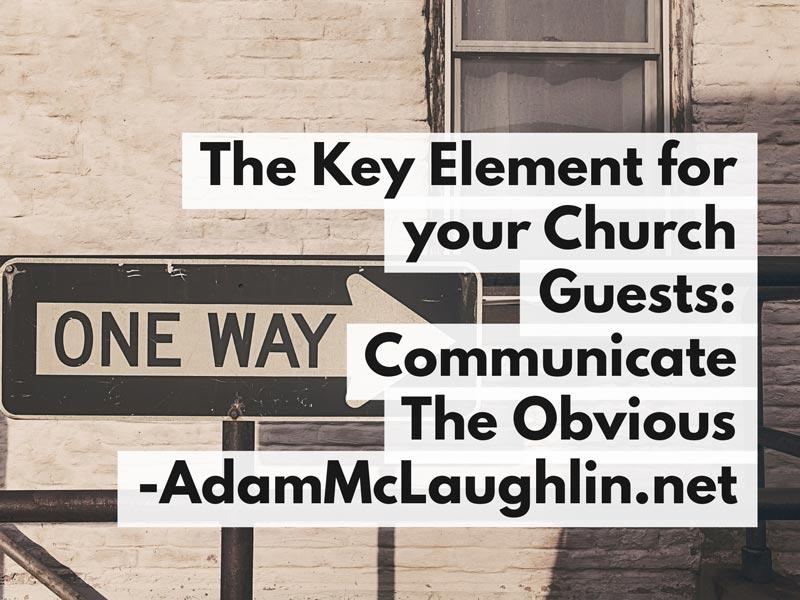

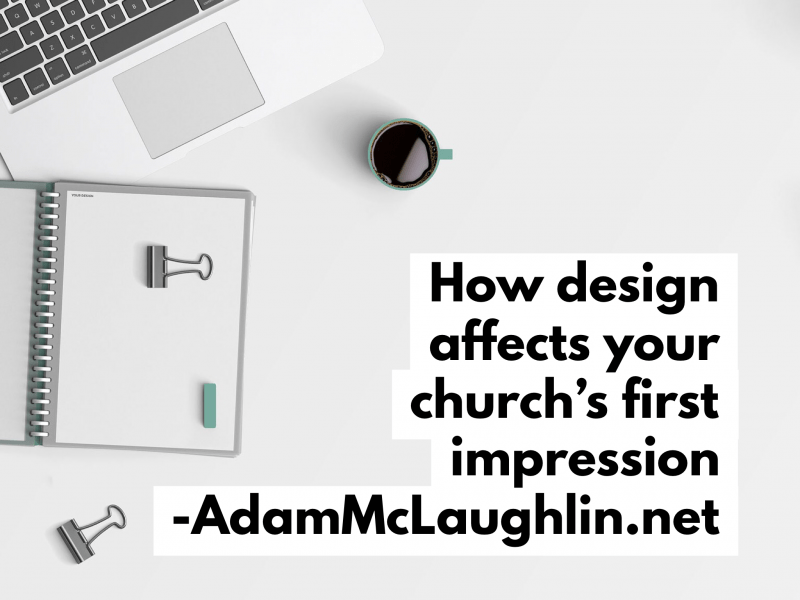
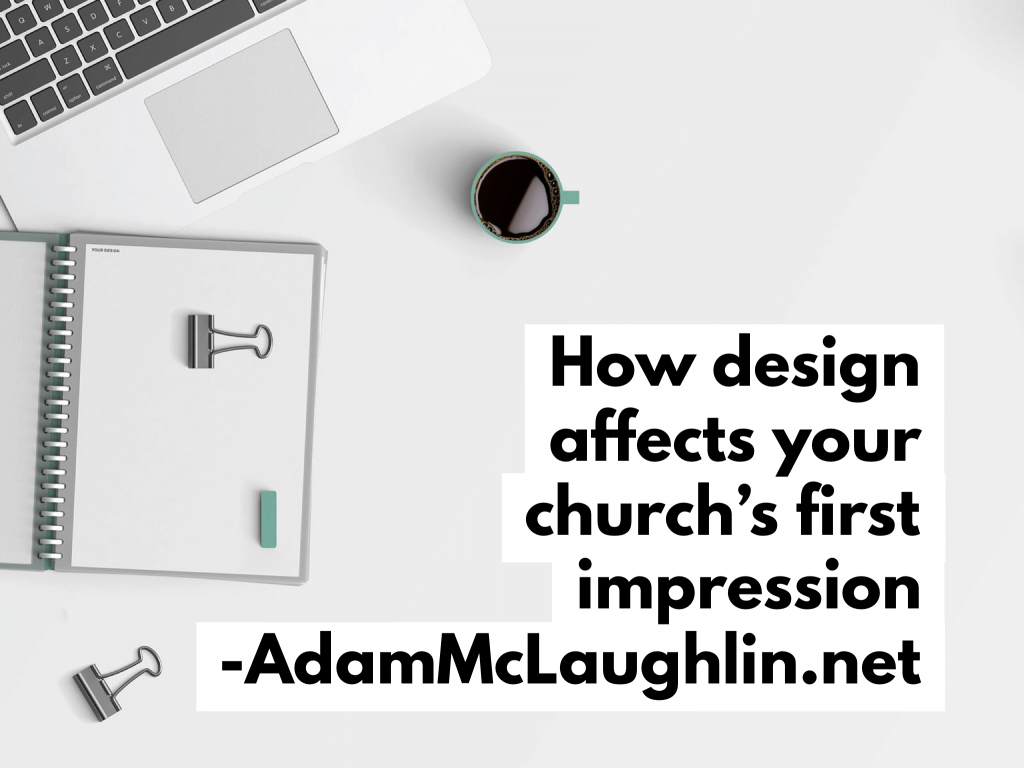 I like browsing the grocery store to try things I’ve never tried before. I found this fruit called a
I like browsing the grocery store to try things I’ve never tried before. I found this fruit called a 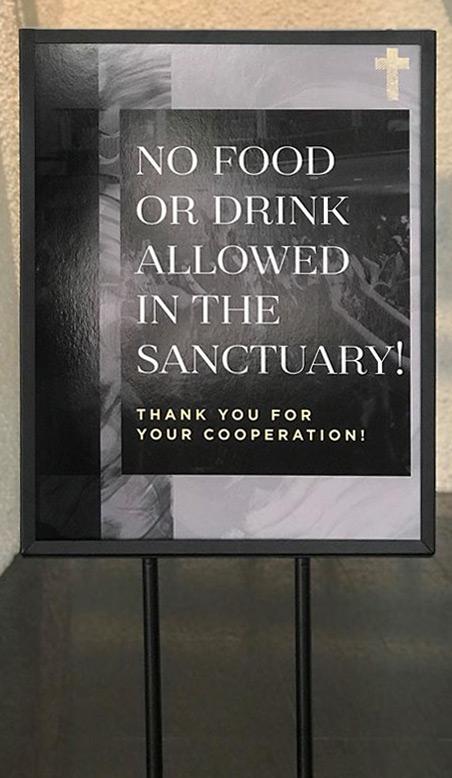 I took a picture of a sign that greeted me when I walked in to visit a church. There’s no value to naming the church, but an opportunity for all of us to learn. (for the record, I asked their permission to post this picture)
I took a picture of a sign that greeted me when I walked in to visit a church. There’s no value to naming the church, but an opportunity for all of us to learn. (for the record, I asked their permission to post this picture)